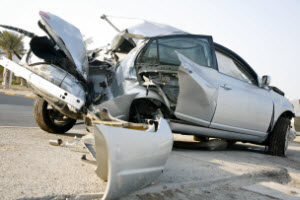State motor vehicle crash reports from across the United States do not fully capture critical data needed to understand the rise in roadway fatalities, according to a recent report. Keep reading to learn more.

flyrfixr / E+ / Getty Images
A National Safety Council (NSC) review of state reports said many are not able to capture conditions like driver fatigue at the time of a crash, texting, use of hands-free cell phones, and drug use, including marijuana. NSC says states are also failing to capture teen driver restrictions, the use of advanced driver assistance technologies, and use of infotainment systems. These findings are reflected in the new NSC report, Undercounted is Underinvested: How incomplete crash reports impact efforts to save lives.
Noting that someone is seriously injured on U.S. roads every 8 seconds and someone is killed every 15 minutes, NSC president and CEO Deborah A.P. Hersman stated, “The road to zero deaths is paved with potholes.” She added, “In too many cases, we are gathering the ‘what’ but not the ‘why’ and better data will enable us to make better decisions.”
Preliminary estimates indicate as many as 40,000 people died in car crashes in 2016, marking a six percent increase over 2015, and a 14 percent jump from 2014. It’s the most dramatic two-year rise since 1964. Gaining a clearer understanding of the problem can increase the effectiveness of regulations, laws, and policies.
NSC is calling on the traffic safety community to take several actions to ensure better data collection. These include moving toward electronic crash reports, updating forms more often to capture emerging issues, and using electronic data records to collect crash factors such as performance information on any advanced driver assistance system.
